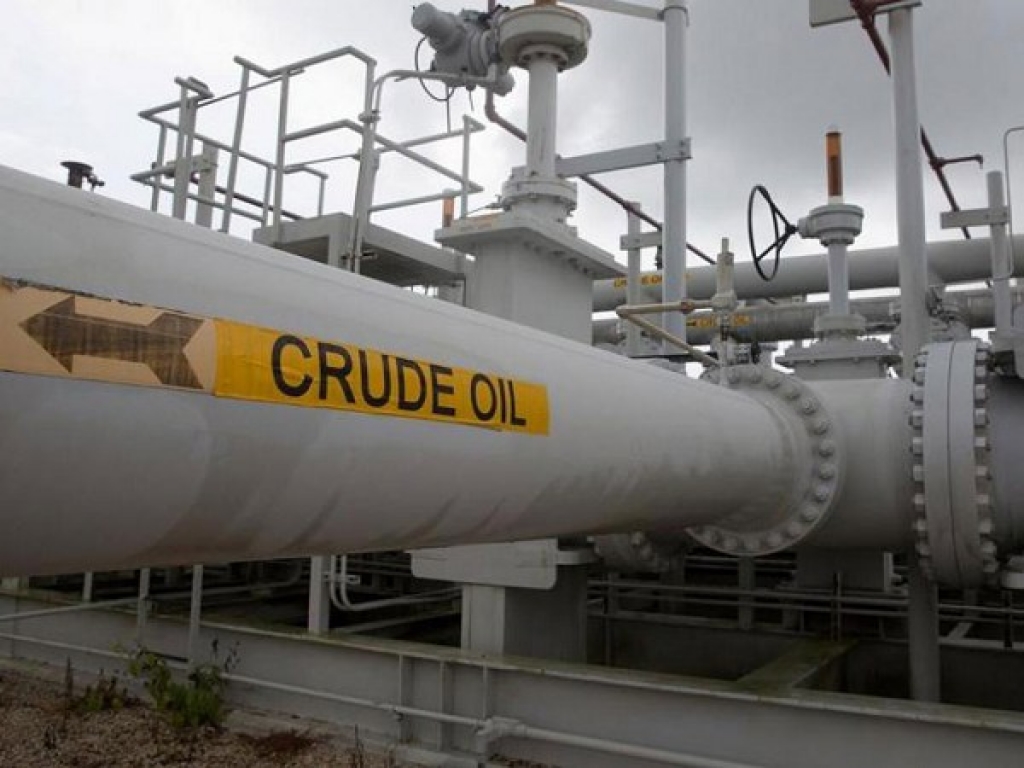 LAUNCESTON: Exports of US crude oil to Asia appear to be starting to struggle under the weight of a narrowing discount for its domestic benchmark crude to international grades and efforts by other suppliers to maintain competitiveness.
LAUNCESTON: Exports of US crude oil to Asia appear to be starting to struggle under the weight of a narrowing discount for its domestic benchmark crude to international grades and efforts by other suppliers to maintain competitiveness.
Vessel-tracking and port data suggest Asian imports of US crude were equivalent to about 560,000 barrels per day (bpd) in February, down sharply from 676,190 bpd in January.
March's figure may be even weaker with data compiled by Thomson Reuters Oil Research and Forecasts pointing to Asian imports of only about 290,000 bpd.
While these estimates are subject to revision, the March data shouldn't change dramatically given any cargo due to be offloaded in Asia this month would have to have left a US port by now, or at least within the next day or so.
The main culprit for a slowdown in US shipments to Asia is likely the narrowing discount of benchmark US West Texas Intermediate (WTI) to Brent, the light crude grade used as a price marker for the rest of the world.
The discount of WTI to Brent was $3.11 a barrel at Monday's close, slightly more than $3 on March 1, which was the smallest gap in seven months.
The spread between the two benchmarks blew out to $7.07 a barrel in late September in the aftermath of Hurricane Harvey, which knocked out refineries along the US Gulf Coast, cutting demand for WTI crudes.
It remained relatively wide for several months after that, ending the year at $6.48 a barrel, but the differential has been steadily narrowing this year in response to strong demand from US refineries and from overseas buyers.
Asian imports of 726,600 bpd of US crude in November and January's 676,190 bpd were the strongest two months on record, showing that the region's traders were quick to take advantage of the weakening of WTI relative to Brent.
It's also likely that the spread for physical crude is actually narrower than that implied by the futures contracts.
Dated Forties and Oseberg crude, a physical price for two Brent grades, ended last week at $64.77 a barrel, just $1.74 above the physical WTI Houston price of $63.03, as assessed by price reporting agency Argus.
ASIAN HEADWINDS
At this level it doesn't make economic sense for Asian buyers to import crude from the US Gulf, with a discount of at least $4 a barrel needed to overcome the higher freight rates involved for the longer sea journey.
Tanker rates from the United States to Asia have also been rising recently, with the cost of shipping a tonne of oil from Houston to China assessed by Thomson Reuters at $29.01 on March 2, up from $18.44 at the start of February and $16.79 in late September last year.
Another factor undermining US crude exports to Asia is the likelihood of plentiful cargoes from traditional suppliers in the Middle East and Africa.
Several refineries in Asia undertake routine maintenance in the low-demand second quarter, which usually prompts both lower official selling prices (OSPs) from Middle Eastern producers such as Saudi Arabia, as well as sharper discounts in the physical markets.
Saudi Aramco, the kingdom's state-owned producer, said in a statement on Monday that it would trim the OSP for its main Arab Light grade to a premium of $1.10 a barrel over regional benchmark Oman-Dubai crude for April-loading cargoes, down from $1.65 for March shipments.
This matched the expectations of traders and refiners in the region surveyed ahead of the release, and shows the Saudis are still trying to ensure their crude remains competitive, even as they maintain a commitment to restrain output by the terms of the agreement between the Organization of the Petroleum Exporting Countries and allies, including Russia.
The Saudi OSP sets the trend for official prices from other producers in the Middle East, such as Iraq, Iran and Kuwait.
Overall, it seems that US crude exports to Asia are facing headwinds that will likely only be alleviated by a re-widening of WTI's discount to Brent.
That will most likely require rising shale oil output, a levelling out of US refinery demand and ongoing OPEC curbs to keep prices other than WTI at elevated levels.























Comments
Comments are closed.